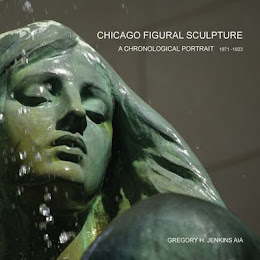LaSalle Street midway between Jackson Boulevard and Adams is one of those perfect time capsules that make history easy. The neo-classical Eagles of the Federal Reserve Bank of Chicago and the Illinois Merchant's Bank stand face to face. The Deco Eagle of the Chicago Board of Trade is perched to the south. (See Entry Below) And to the north, John Wellborn Root's masterpiece of Architecture and Sculpture, the Rookery. Completed by the firm of Burnham and Root in 1888, this building exemplifies the Chicago School.
.

"LaSalle Street." No one has "said" it better.
.
CHICAGO PHOTOS are available online at CHICAGO IMAGES IN THE LOOP.






























































